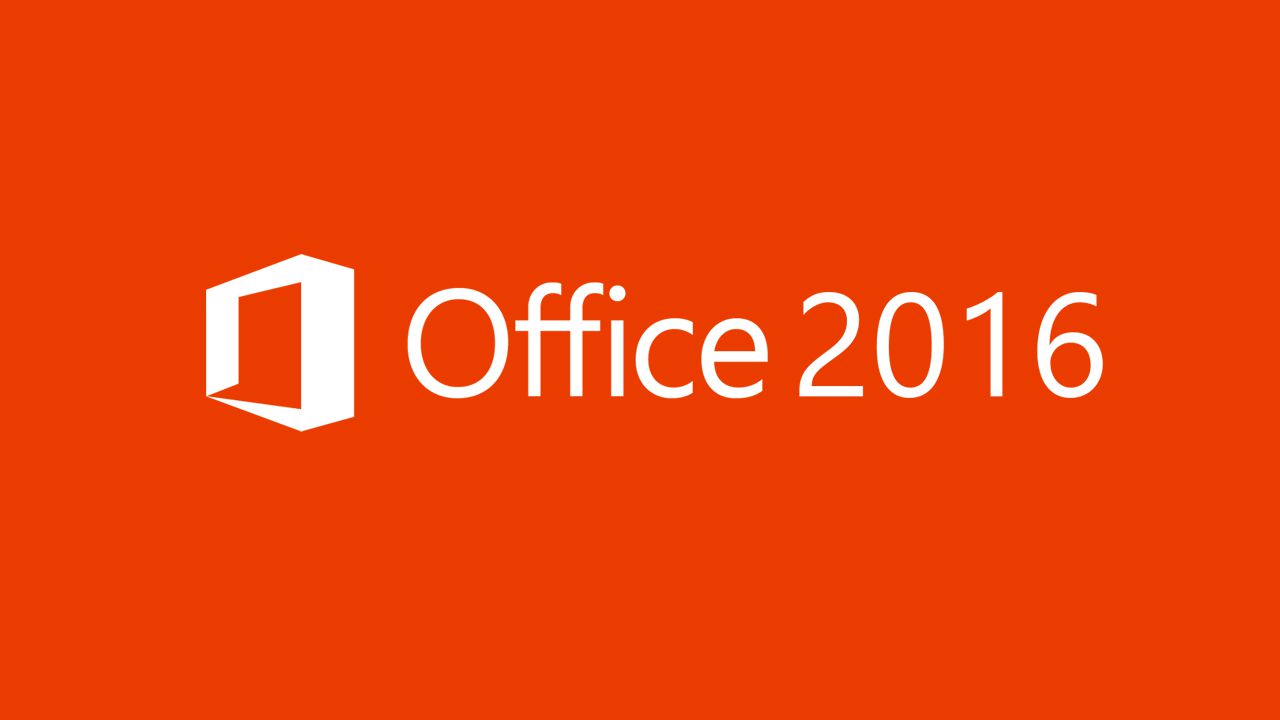Microsoft returned after three years with a new version of its Office productivity suite, codenamed Office 2016. Although Microsoft Office 2016 was released on OS X on 9 July 2015 for Office 365 subscribers, the perpetually licensed version on OS X and Windows was released on 22 September 2015.
The new Office suite is focused on connecting users, real- time co-authoring being provided in Word, PowerPoint and OneNote desktop software, including real-time typing in Word that lets you see others’ edits as they make them. The new client apps also include Skype for Business now, making it possible for users to communicate by instant messaging, talk or video chat and start new co- authoring sessions from any conversation. Office 2016 also allows users to stay in touch by including mobile apps in its software which work across Windows, Android and Apple devices, making team- work a lot more accessible on the move. Sharing documents is also a lot easier thanks to the new Outlook Groups app. Another win for teamwork projects is the Office 365 Planner which allows users to organize workflow with plans, tasks and due dates.
Microsoft also added new features to its Outlook 2016, being said that it provides “the smartest inbox yet” by removing any mail it deems to be low priority, as well as checking to see if recipients have access to modern, cloud-based attachments stored on OneDrive.
The new Office 2016 was also enhanced by adding Tell Me and Smart lookup, features that help users find the right Office feature or command and to add useful insights from the Web right into their documents.
The most interesting feature of Office 2016 is perhaps the Sway, a combination of Word and Powerpoint which allows users to create webpages only from images and text, without any effort. Another novelty of Microsoft’s Office productivity suite consists in the new chart types added to Excel alongside integration with Power BI to really bring data to life.
Office was also improved security- wise by built- in Data- Loss Prevention which reduces the risk of leaking sensitive data across Word, PowerPoint, Excel and Outlook. Multifactor authentication contributes to the safety of user’s documents, ensuring secured access to content from any device when on the move. Office 2016’s security features will also be enhanced by Enterprise Data Protection which will be available for the Office Mobile apps for Windows 10 later this year and for the desktop apps early next year.
As far as the design goes Microsoft did not make any noticeable changes to Office’s interface, making it easy for user to switch from Office 2013 to the new version.
Microsoft promises to offer minor improvements by adding new and useful apps to the productivity suite on a regular basis, with a focus on sharing and cloud features.
Microsoft Office 2016 is available for purchase in multiple forms, created both for home or for business.
 Tech Gadget Central Latest Tech News and Reviews
Tech Gadget Central Latest Tech News and Reviews




